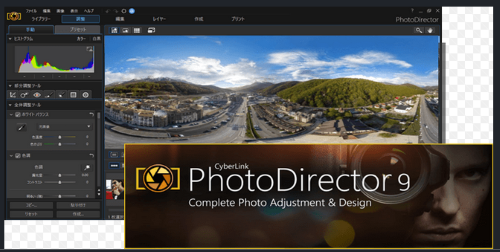Almost every smartphone owner is using photo editors. You can snap photos of your smartphone and retouch the images on the phone. You also can edit the photos in the old way, on your computer. No matter the method, you are covered. We will talk about the photo editors for most platforms.
Photoshop and Adobe Lightroom
These well-known photo editors are available on PC/MAC and Linux. You can use free versions or pro paid monthly versions. Photoshop and Adobe Lightroom are powerful photo editors on PC, Mac, and Linux. Adobe Lightroom has lots of features for batch editing, image manipulation, RAW support, and watermark stuff. Photoshop has a larger collection of editing features. It has spot removal tools and HSL. The perfect solution is to use both. Adobe has a subscription for photographers. It includes Photoshop and Lightroom you can pay monthly. The entire suite is more expensive. Most photograph prefers the cheaper version. It has enough features to respond to photograph requests. Both software work natively with Mac and PC. With the Wine app, Lightroom and Photoshop work fine as well.
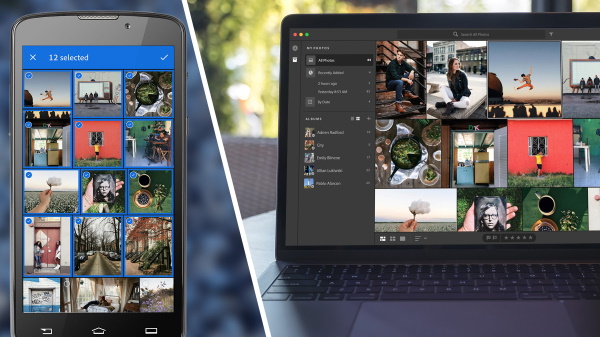
Affinity photo editor
It also works on PC and Mac. You can use a free or a paid version. The app is above common photo editors. It has the usual tools, such as HSL, color correction, shadows, highlight, white balance, and retouching tools. Affinity supports RAW files, batch editing, and Photoshop files. The app is not as powerful as Photoshop or Adobe Lightroom. The positive part is that the app includes all the stuff a user needs. It has an affordable price. You can find the Mac version on iTunes. There is no problem for Windows users.
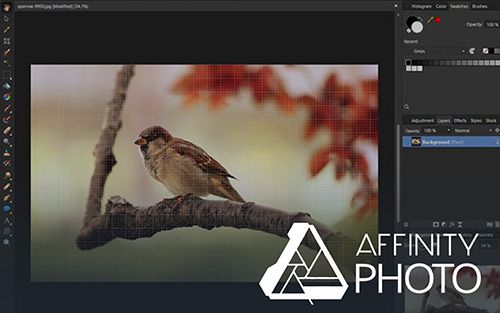
Aftershot Pro
The app works on PC, Mac, and Linux. It is a very popular app. The app is available on iTunes for Mac. The users can edit PSD files and have support for RAW, HDR, and batch processing. Users and layers and retouching tools. Aftershot Pro works well for professionals and beginners. The app is recommended for users with more than one operating system on multiple devices. Aftershot has relatively expensive, but it is a single cost.
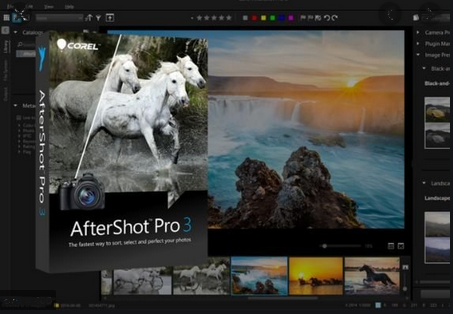
Gimp
The app works on PC, Mac an Linux. Gimp is a very popular multiplatform software. It is one of the best alternatives to Adobe Lightroom and Photoshop. These editors share lots of features. The features include photo enhancement tools, images manipulation, customizable UI. The user can add plugins and file type support. Gimp works fine on PC and Linux. On Mac works another app, named Macport. Developers work to make a Mac OS version.
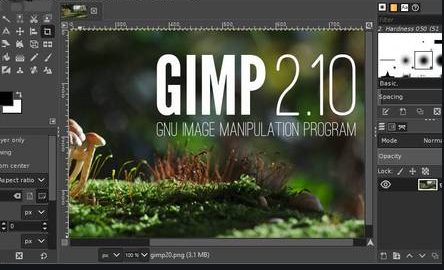
Luminar
The app works on PC and Mac. Corel Luminar is better than average photo editors on Windows or Mac. The UI is attractive, easy to use. There are tons of functions. You can purchase the software with a single tag (no subscriptions). Luminar has dozens of filters, and several dozen presets. It also has RAW support and photo editing tools. The app works as a plugin for Adobe Lightroom then the photographer uses both. Luminar is recommended for beginners and semi-pros. Experienced photographers prefer Luminar as a plugin for Adobe Lightroom
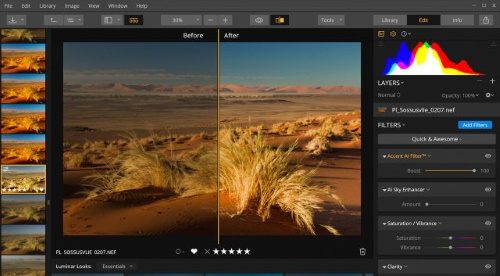
BeFunky Photo Editor
This picture editor is free and works fine for iOS. BeFunky has tons of editing tools and few extra features. It has a collage function, a blemish fixer, photo effects, and frames. Be Funky belongs to the photo editor category like VSCO, Autodesk Pixlr, or other similar applications. It works fine for social media. BeFunky offers features that make the mages attractive and often are used by professional photographers. If you need more effects and filters, you need to pay a fee.
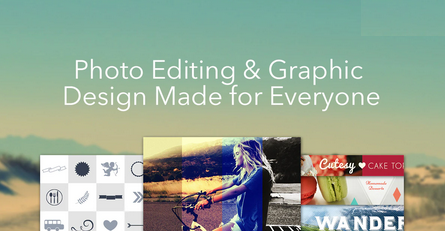
Enlight
You can download it from iTunes. The app has many powerful and popular features. There are controls for color, tone, many filters, drawing support, black and white filters. It has a spectacular feature to mix photos. You can put two photos together. You will obtain a double exposure effect. It is a difficult effect to replicate on many photo editors. Enlight offers lots of features recommended to experienced photographers. Enlight is not as powerful as Photoshop or Adobe Lightroom. The app is affordable.
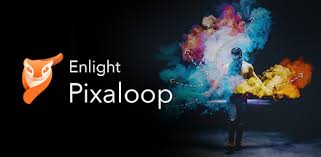
Polarr Photo Editor
Polarr works on several platforms, but it works perfectly on iOS. It has the same features as Pixlr. It provides lots of effects and filters for social media users. Polarr also includes masks and adjustments, blending modes, and layers. The UI is complicated. It shows many tools at once. Polarr has a subscription price and a single cost too. It is easy to download from iTunes.
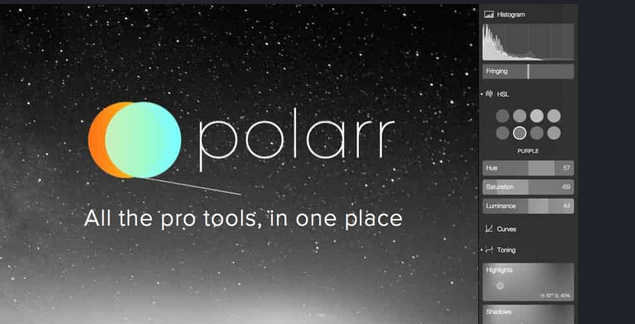
Snapseed
The app is free to download from iTunes. Some consider Snapseed, the best photo free editor for iOS. Snapseed offers up to two dozen tools for optimization and working with filters. It also works with image tuning, RAW file support, and basic stuff. The user can save style to apply them fast on future images. Snapseed is a good chose for beginners and professionals. Snapseed has some great features working better than most any other application. Maybe other software has more functions, but Snapseed is free with no ads or in-app purchases.
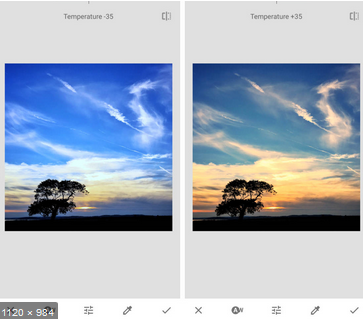
Fotor Photo Editor
Many photographs consider Fotor a must-have option. Fotor has lots of editing features, it can enhance photos with a simple tool. Some other features include rotate, crop, contrast, brightness, and exposure. There are tools for saturation, shadow, temperature, tint, and RGB. Fotor present up to 100 filters (some are available as in-app purchases).
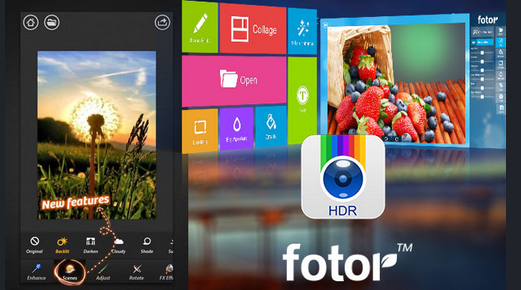
LightX
The app has great success on iOS it provides a few great features. The app has color splash effects, a background changer tool, slider tools with many controls. It is possible to merge photos to obtain looks and great effects. LightX has blur features, shape manipulation, photo collage features and stickers. The beta version, recently released, works great and is stable. LightX is affordable.
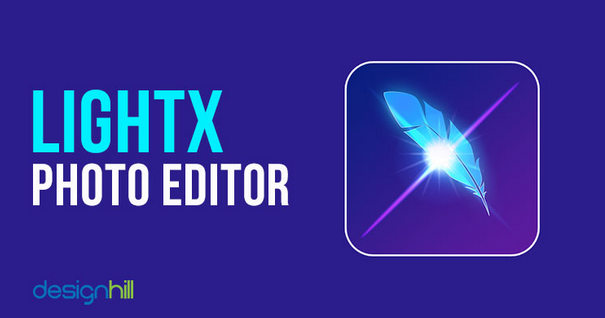
Photodirector
It is a new entrant into the photo space on Android. The app focuses on manual enhancements. The user has access to sliders, RGB control channels, and white balance. You can edit any type of photos. Photodirector offers sliders for darkness, brightness, tone, contrast, and exposure.
